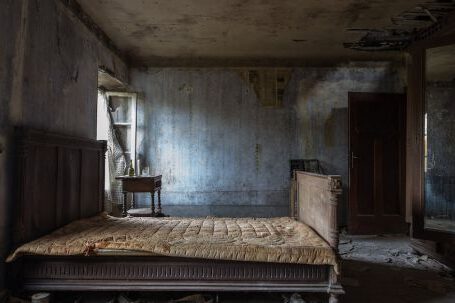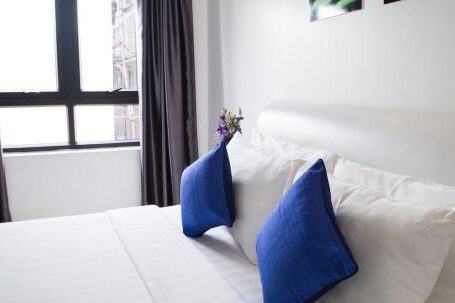The lighting in your living room plays a crucial role in creating the right atmosphere and enhancing the overall design. Proper placement of lighting fixtures can make a significant difference in the functionality and aesthetics of your living space. In this article, we will explore the correct placement of living room lighting to help you achieve the perfect balance of ambiance and functionality.
Understanding the Types of Lighting
Before diving into the placement, it is essential to understand the three primary types of lighting: ambient, task, and accent. Ambient lighting provides overall illumination to the entire room, task lighting focuses on specific areas for activities, and accent lighting adds drama and highlights specific features or objects.
1. Start with Ambient Lighting
Ambient lighting sets the foundation for your living room’s lighting design. It should be evenly distributed throughout the space to create a warm and inviting atmosphere. The most common way to achieve ambient lighting is through the use of overhead fixtures such as chandeliers, pendant lights, or recessed lighting. Placing these fixtures in the center of the room ensures equal illumination.
2. Consider Task Lighting for Specific Areas
Task lighting is essential for areas where specific activities take place, such as reading, studying, or working on a computer. It should be placed strategically to provide adequate illumination without causing shadows or glare. Floor lamps with adjustable heads, table lamps, or wall-mounted sconces are ideal for task lighting.
3. Use Accent Lighting to Enhance the Ambiance
Accent lighting adds depth and visual interest to your living room. It can be used to highlight artwork, architectural features, or decorative objects. Track lighting, wall-mounted spotlights, or picture lights are excellent choices for accent lighting. Experiment with different angles and intensities to create the desired effect.
Strategic Placement Tips
Now that we have covered the different types of lighting, let’s delve into the correct placement techniques to maximize their effectiveness.
1. Balance the Lighting
To create a well-balanced lighting design, it is crucial to distribute the light sources evenly throughout the room. Avoid concentrating all the lights in one area, as it can create an unbalanced and harsh environment. Instead, aim for a harmonious distribution that complements the overall design.
2. Layer the Lighting
Layering the lighting involves combining different types of lighting to create depth and dimension. By incorporating ambient, task, and accent lighting, you can achieve a multi-dimensional effect that enhances the overall ambiance and functionality. For example, pair recessed lighting with floor lamps for a balanced and layered lighting design.
3. Consider the Room’s Function
The placement of lighting fixtures should align with the room’s function. For instance, if your living room doubles as a home theater, consider using dimmable lights to create a cinematic experience. On the other hand, if it is primarily a social space, focus on creating a warm and inviting atmosphere with soft, diffused lighting.
4. Use Dimmers and Controls
Installing dimmers and lighting controls allows you to adjust the intensity of the light according to your needs and preferences. This flexibility enables you to create different moods and adapt the lighting to different activities or occasions. Dimmers are particularly useful for ambient and accent lighting.
In conclusion, the correct placement of living room lighting is essential for creating the right ambiance and maximizing functionality. By understanding the different types of lighting and following strategic placement tips, you can achieve a well-balanced and visually appealing lighting design. Remember to consider the room’s function, layer the lighting, and utilize dimmers and controls to create a space that is both functional and aesthetically pleasing.





